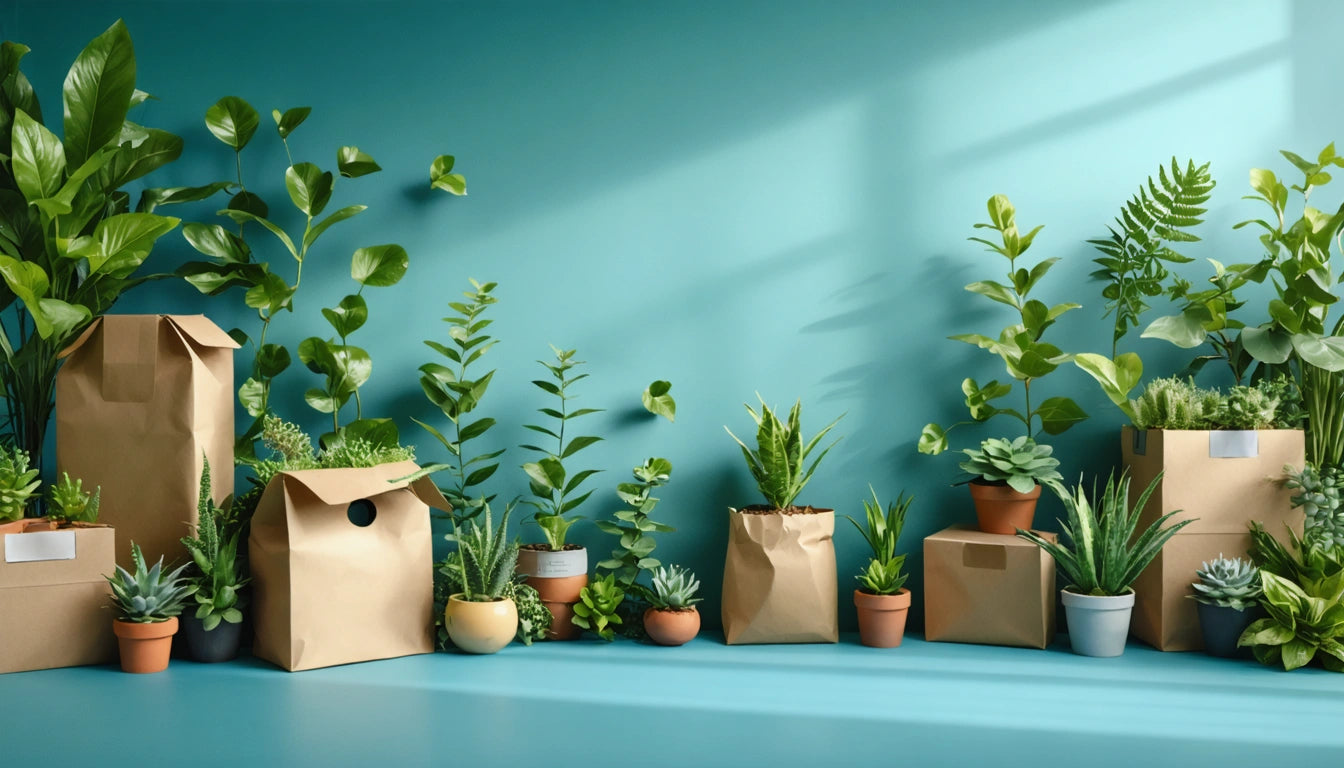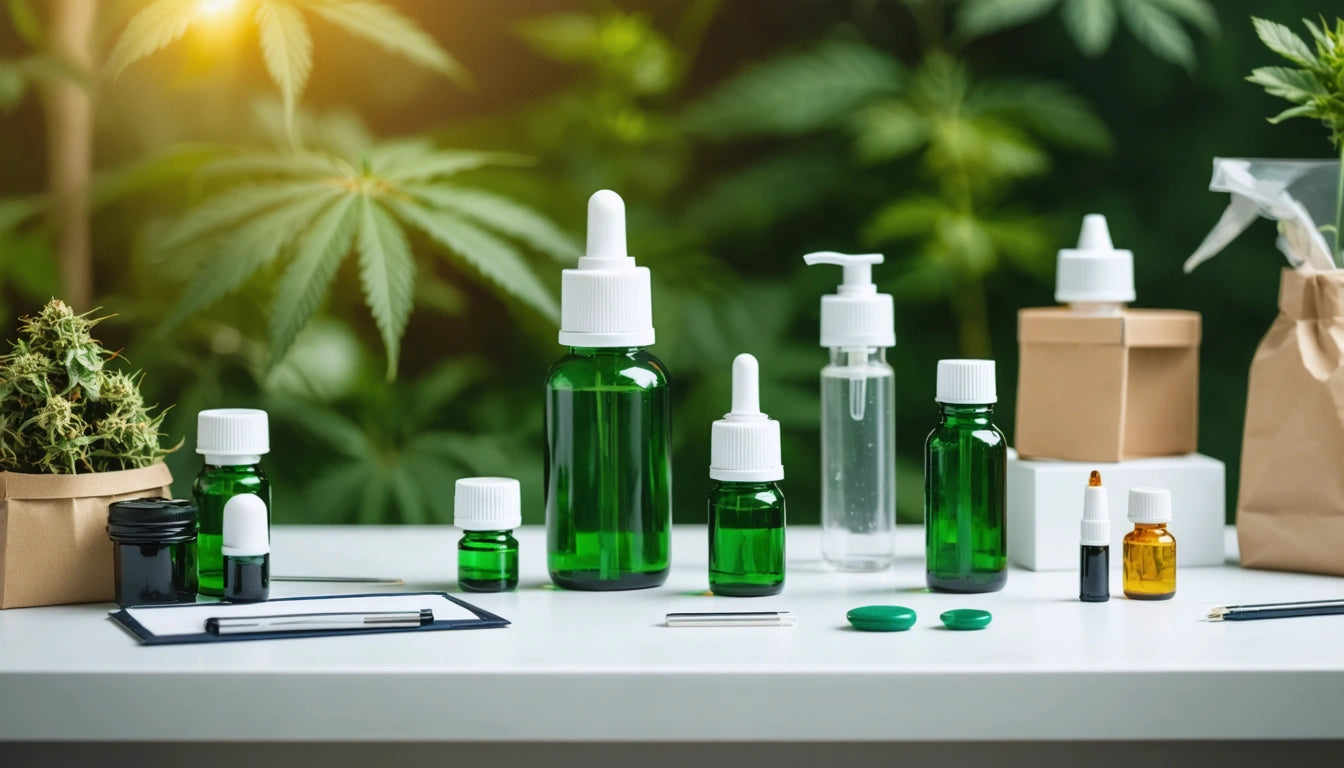Table of Contents
Paw-some Packaging: Trends in Pet Product Containers
The pet product industry continues to experience remarkable growth, with packaging playing a crucial role in product differentiation, consumer appeal, and brand identity. As pet owners increasingly treat their animals as family members, the demand for premium, functional, and aesthetically pleasing packaging has surged, creating new opportunities for brands to connect with consumers through innovative container designs.
Sustainable Packaging Revolution in Pet Products
Sustainability has emerged as a dominant force reshaping pet product packaging. Pet owners, particularly millennials and Gen Z consumers, are actively seeking products with eco-friendly packaging solutions that align with their environmental values.
Biodegradable and Compostable Materials
The shift toward plant-based, biodegradable packaging materials represents one of the most significant trends in the pet industry. Manufacturers are increasingly utilizing materials such as:
- Molded pulp containers derived from recycled paper
- Bioplastics made from cornstarch or sugarcane
- Bamboo-based packaging for treats and accessories
- Hemp-infused paperboard for stronger yet sustainable boxes
These materials not only reduce environmental impact but also communicate brand values to environmentally conscious consumers who make purchasing decisions based on sustainability factors.
Reduced Packaging Waste
Minimalist packaging designs that use less material while maintaining product protection have gained significant traction. Brands are implementing innovative approaches to reduce packaging waste, including concentrated formulas for pet care products that require smaller containers and refillable packaging systems for items like pet shampoos and cleaning solutions.
Functional Design Innovations for Pet Packaging
Beyond sustainability, functionality drives many packaging innovations in the pet product sector. Convenience features that enhance the user experience can significantly influence purchasing decisions.
Resealable and Portion-Control Features
For pet food and treats, resealable packaging has become nearly standard. Innovations include:
- Press-to-close zipper seals that maintain freshness
- Easy-pour spouts for kibble and litter products
- Built-in measuring systems for precise portioning
- Tear-resistant materials that prevent accidental spills
These functional elements address pet owners' desires for convenience while simultaneously preserving product freshness. When selling pet products in bulk, precise measuring tools like digital scales have become essential for retailers and manufacturers to ensure accurate portioning and pricing.
Branding Opportunities Through Packaging Design
Pet product packaging offers significant branding opportunities that can influence consumer perception and purchasing behavior. As the pet market becomes increasingly competitive, distinctive packaging design serves as a critical differentiator on retail shelves.
Premium Visual Aesthetics
The premiumization trend has led to sophisticated packaging designs featuring:
- Matte finishes and soft-touch coatings
- Metallic accents and embossing
- Clear windows showcasing product quality
- Custom illustrations of pets that create emotional connections
These premium visual elements help justify higher price points while creating Instagram-worthy unboxing experiences that encourage social sharing and brand advocacy.
Anthropomorphic and Playful Designs
Packaging that incorporates playful, pet-themed elements resonates strongly with consumers. Designs featuring paw prints, pet silhouettes, and clever pet-related wordplay create an immediate connection with the target audience and reinforce the product's intended use.
Regulatory Considerations for Pet Product Packaging
As pet products face increasing regulatory scrutiny, packaging must comply with various safety and labeling requirements while still maintaining visual appeal and functionality.
Safety and Compliance
Pet food and treat packaging must meet specific regulatory standards regarding:
- Material safety for food contact
- Tamper-evident features
- Clear nutritional information and ingredient lists
- Country of origin labeling
- Storage instructions and expiration dates
These compliance requirements influence packaging design decisions and material selection, particularly for edible pet products.
Transparency in Labeling
Modern pet owners demand transparency regarding product ingredients and manufacturing processes. Packaging that clearly communicates these details through easy-to-read labels, certification logos (such as organic or grain-free designations), and QR codes linking to detailed product information meets this consumer expectation.
Future Packaging Trends in the Pet Industry
Looking ahead, several emerging trends will likely shape the future of pet product packaging:
- Interactive packaging: Designs incorporating augmented reality features that engage pet owners through smartphone apps
- Personalization: Custom packaging options allowing for pet names or photos to be incorporated into the design
- Antimicrobial properties: Packaging with built-in protection against bacterial growth for improved product safety
- Sustainable luxury: Premium packaging that maintains high-end aesthetics while using eco-friendly materials
- Inclusive design: Packaging that addresses accessibility needs, such as easy-open features for senior pet owners
As the pet industry continues to evolve, packaging will remain a critical touchpoint for brands to communicate their values, differentiate their products, and create meaningful connections with pet owners. Companies that embrace these innovative packaging trends position themselves for success in this growing and increasingly sophisticated market.











Leave a comment
All comments are moderated before being published.
This site is protected by hCaptcha and the hCaptcha Privacy Policy and Terms of Service apply.